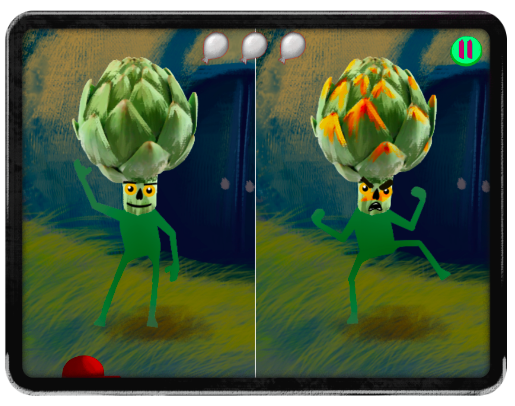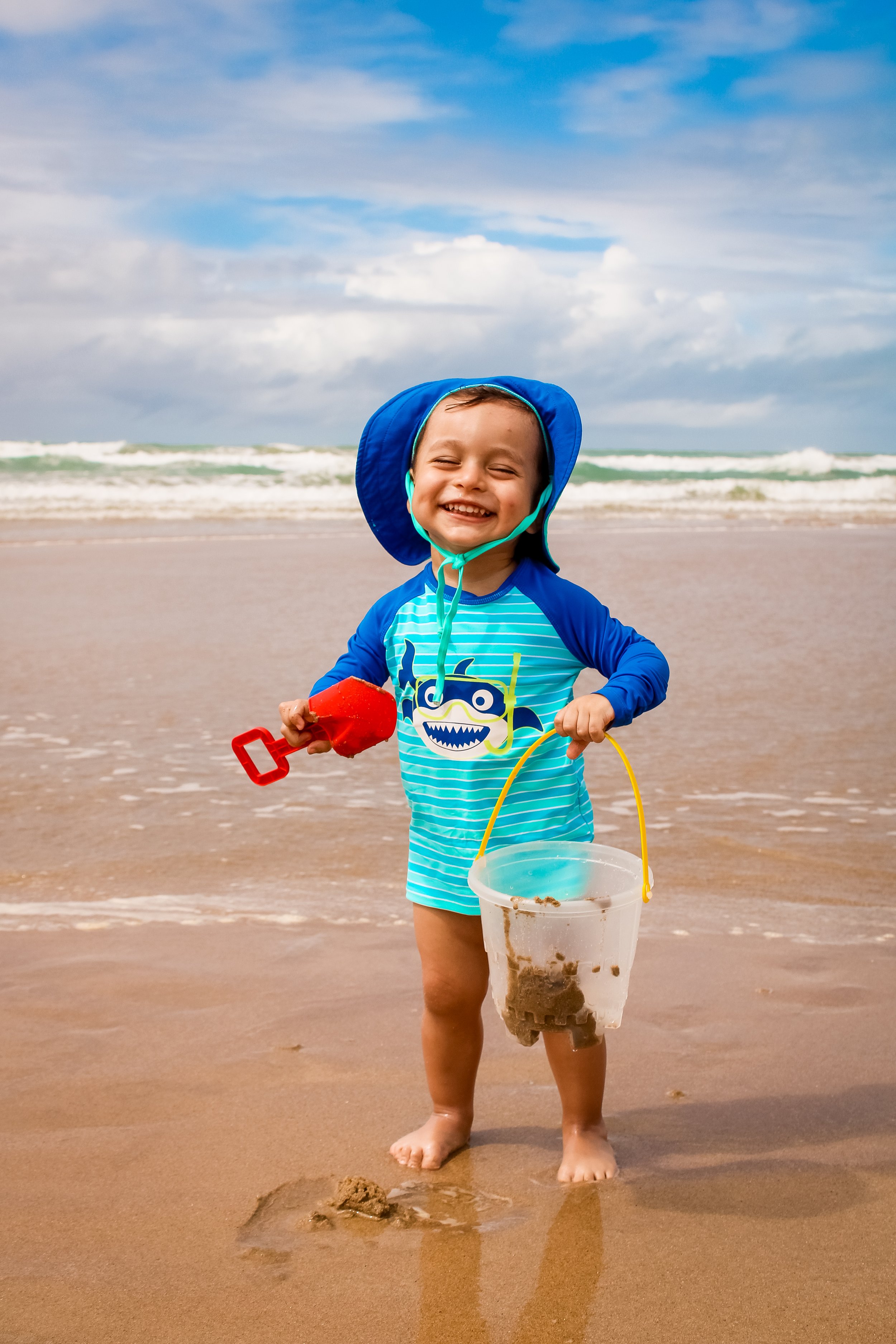By exploring how our bodies communicate through poses and movements, we learn how emotions affect the body and vice versa. Body language can be defined as the conscious and unconscious movements and postures by which attitudes and feelings are communicated. For example, we know that we experience physiological reactions when we are angry and these reactions are often expressed through our body language. For our students, becoming aware of their body language is an essential step to learning self-management, and being aware of other people’s non verbal social cues will enhance their social-awareness. As educators and parents, we can remind ourselves to notice when our children are communicating emotions nonverbally through their body language. We can also pay attention to our own body language and ensure that it is in tune with our tone of voice and what we are trying to communicate verbally.
In order to understand how we use nonverbal cues to communicate our emotions and how we can help our bodies feel calm, we have to first understand why our bodies are reacting and how that is translated into body language.
1. Explain why our bodies are reacting
When we are feeling emotions such as anger, sadness, and joy, it is common to have a physiological response (meaning what we feel on the inside) and to show that response through our body language. When a child is feeling a difficult emotion but hasn’t yet expressed it verbally, we can observe their body language for signs of what they may be feeling on the inside.
When we are experiencing certain external factors that might trigger emotions such as fear or anxiety our body has what is known as the fight, flight, or freeze response. According to Psychology Today, fight, flight, or freeze is an evolutionary adaptation from needing a response to encountering anything that may be life-threatening. When faced with a threat, “you want your breathing and heart rate to increase so that your limbs have more oxygen and can either fight or run away as quickly and effectively as possible.” In today’s century, we still experience fight, flight, or freeze when encountering anything stressful or frightening. Even as an adult this can be difficult to cope with as it often mirrors symptoms of anxiety. During a recent experience I had with fight-or-flight, I noticed when my heart rate immediately quickened when faced with a stressor I had to repeatedly remind myself that I was not in danger and that I was going to be okay. For children, learning this skill and other coping skills can take some time and requires first an awareness for when we are feeling anxious or threatened. We’ll discuss later ways to help calm down this response.
2. Show what it looks like
Just as with facial expressions, there are noticeable differences in our body language when we are feeling specific emotions. Our bodies are actually communicating our emotions through poses and movements! Anger may be expressed through closed firsts, a frown, narrowed eyebrows, or crossed arms. Anxiousness or fear may be expressed through fidgety movements, increased breathing. We can help kids understand the difference between how our body feels and looks when we are happy versus angry by asking them to make an “angry pose” and then a “happy pose.” Did they notice a difference between the two poses? Did their muscles feel more tense when they were making an angry pose versus a happy pose? Now, having observed the differences, kids can start to recognize when to use coping strategies if they are starting to feel these big emotions.
Kids can develop their social awareness by learning how to read other people’s body language. Parents can help kids practice this at home by watching a TV show without the sound on and have them try to imagine what the characters are saying and how they are feeling by observing their body language. Additionally, Wisdom: The World of Emotions (iOS, Android) features Social Cues activities for parents and educators to help kids recognize emotions in others.
3. Discuss what they can do when their body doesn’t feel calm
Once we are able to recognize when we are experiencing emotions such as anger or even a fight, flight, or freeze response, we can determine if we are actually in any danger. When discussing with kids, some guiding questions include:
What happened or what was happening when I started to feel this way?
Am I in danger of being physically hurt right now?
Do I need to stop and take a deep breath before I move on?
While it may be difficult to stop and ask these questions when experiencing this fight, flight, or freeze, with practice, it’ll become a habitable response just as fight, flight, or freeze itself. Taking a few deep breaths to calm down is one strategy, Psychology Today shares a few others such as exercise and accepting you are feeling the response rather than worrying about it, which could send more danger signals to your brain and increase the symptoms resulting in what might feel like a panic attack. And just as our emotions affect the body, the opposite is also true so next time you are feeling angry, try making a happy pose!




